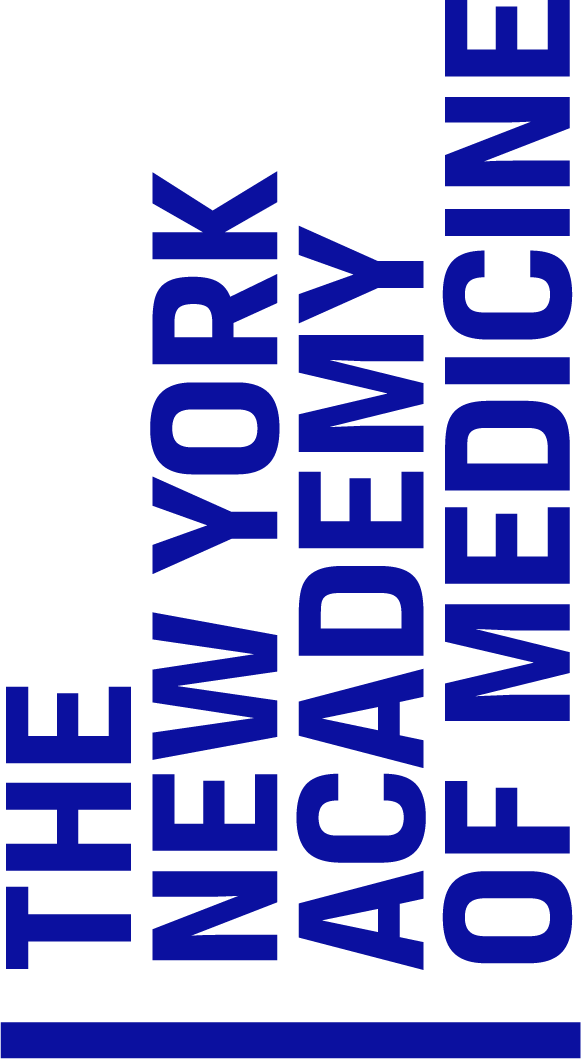Items
Warning message
You must authorize Drupal to use your Google Analytics account before you can view reports.- Title
- Historia naturalis Brasiliae
- Description
-
The Dutch West India Company occupied northeastern Brazil for thirty years, from 1624 to 1654. The first ten years of occupation financially strained the Company, despite considerable profits made from sugar, Brazil-wood, and loot swiped from Iberian ships. In 1636, Johann Maurits arrived to govern, tasked with stabilizing the settlement. Under his leadership (which lasted until 1644), the colony thrived.
Among the forty-six artists and scholars Maurits hired as his research staff to promote scientific studies in Brazil were the physician Willem Piso and astronomer Georg Markgraf, who arrived in 1638. The Historia naturalis Brasiliae, their collaborative illustrated folio volume, in twelve books, was published in 1648. Rich in description of native life, the book contains 446 remarkable woodcuts illustrating local flora and fauna, and comprises the most important early documentation of zoology, botany and medicine in Brazil. The woodcuts are based on an original collection of paintings and sketches, now lost; many of these original depictions were likely done by Markgraf himself.
The first four books were written by Piso, and deal mainly with diseases native to Brazil and their remedies. Piso, assigned as Maurits’ personal physician, turns his clinical eye to the ways of the native populations, from whom he makes several important discoveries. He offers a vivid account of a patient in the throes of tetanus, and suggests that the root cause of the ailment may be a minor wound, of the kind that craftspeople incur while working.
The remaining eight books, subtitled Historia rerum naturalium Brasiliae and mostly devoted to natural history, were written by Georg Markgraf. These sections were devoted to the medical uses of plants; to fish, birds, insects, quadrupeds and reptiles; and to full descriptions of geographic regions and their inhabitants. Images from two of these books, dealing with quadrupeds, and with insects, are pictured here.
Markgraf describes the appearance, habits, and environment of each animal depicted. Some of the four-legged creatures pictured have the names we might still use today: the armadillo, on page 231, would be recognizable as such to a child, as would a short-legged jaguar, on page 235. In other cases, it’s more difficult to link the textual description with the images– the placement of the woodcuts doesn’t always correspond with the text. Is, for example, the shaggy llama on page 244 the Peruvian sheep referenced in the header? Markgraf points out that the creature pictured has a two-toed foot on his back legs, just as a llama does.
The lushly illustrated and very beautiful frontispiece features a European traveler, presumably Dutch, reclining before two natives in a verdant green wood, teeming with wildlife.
Photography by Ardon Bar-Hama courtesy of George Blumenthal.

